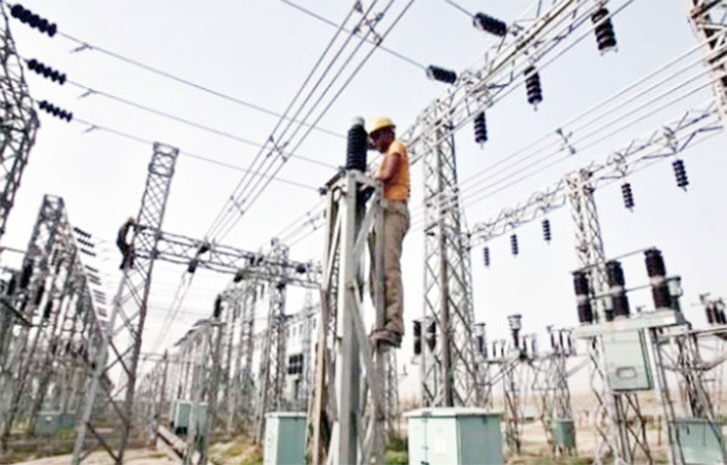The World Bank has warned Nigeria and other emerging economies against raising electricity tariffs.
The institution in its latest Commodity Markets Outlook forecast, maintained that adjusting electricity tariff will increase inflation next year.
It said that prices of electricity, which peaked at 80 per cent higher this year compared to 2020, will remain high next year.
The bank added that prices will start to decline in the second half of the year as supply constraints ease.
According to the bank, global inflationary pressures and potentially shifting economic growth to energy-exporting countries from energy-importing ones will define the New Year.
The surge in energy prices, Chief Economist and Director of the World Bank’s Prospects Group Ayhan Kose said, poses significant near-term risks to global inflation and, if sustained, could also weigh on growth in energy-importing countries.
The bank said that the sharp rebound in commodity prices is turning out to be more pronounced than previously projected.
Recent volatility in prices may complicate policy choices as countries recover from last year’s global recession, it added.
The bank forecasts that non-energy prices, including agriculture and metals, would decrease in 2022, following strong gains this year.
The bank said natural gas and coal prices reached record highs amid supply constraints and rebounding demand for electricity, although they are expected to decline in 2022 as demand eases and supply improves.
However, additional price spikes may occur in the near-term amid very low inventories and persistent supply bottlenecks.
The bank has projected the price of a barrel of crude oil at $74 in 2022 as oil demand strengthens and reaches pre-pandemic levels.
The use of crude oil as a substitute for natural gas presents a major upside risk to the demand outlook, although higher energy prices may start to weigh on global growth.
John Baffes, the Senior Economist in the World Bank’s Prospects Group, said high natural gas and coal prices are impacting the production of other commodities and pose an upside risk to price forecasts.
Baffes said: “Fertilizer production has been curtailed by higher natural gas and coal prices, and higher fertilizer prices have been pushing up input costs for key food crops. The production of some metals such as aluminum and zinc has been reduced due to high energy costs as well.”







